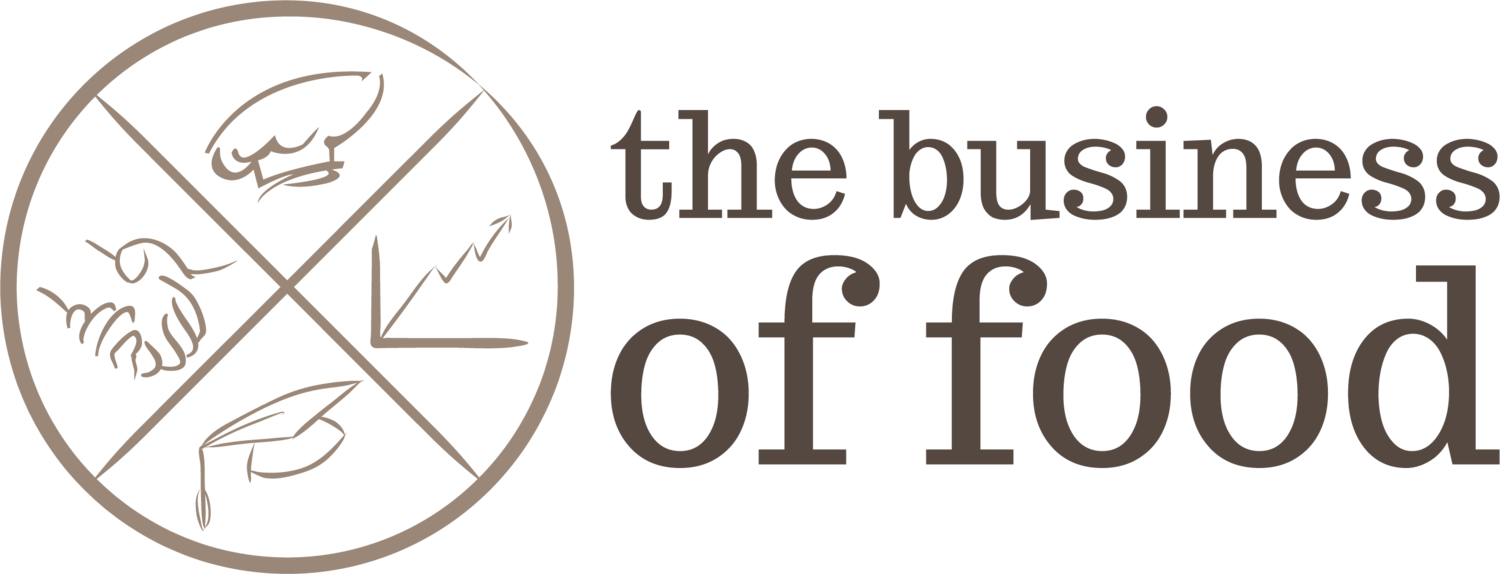How to pivot with the best!
A buzz word at the moment is ‘pivot’. In flavour for a while as it is commonly used in the start up sector, it has come into its own during the current pandemic and shutdown across Australia and the World.
What does it actually mean? To pivot means ‘the central point, pin, or shaft on which a mechanism turns or oscillates’. With respect to small business, it means a significant change - sometimes only small to suit a changing customer trend, however at the moment for food businesses it is usually a significantly difference in response to not being able to trade as usual.
The important thing to remember, is that a pivot is usually intended to assist a business survive changed circumstances such as a new competitor entering the marketplace, or recover from a tough period (beyond a business owner’s control) that makes their original business model unsustainable.
To pivot, you need to understand who your current customers are and how you can still solve their problem - which of course has been changed by the 2020 Pandemic and various shutdowns that continue since then in both the domestic and international markets. [How to solver their problem is covered in our blog ‘What makes a good Food Business’.
Pivot options can be simple: change delivery method; offer online payment; discount bulk orders. Or more complicated, for example extra labelling and packaging required as you move from loose items at a Farmers Market, to fully packaged goods online.
When thinking about how you could pivot, keep in mind:
what changes you can make at a low cost/low risk to your core business
how your new/amended offering aligns with your business purpose/ethics
do you want to grow the new/amended offering into a permanent part of your business?
If yes, how will you manage returning to ‘traditional’ sales avenues after the shutdown (though still likely within a restricted economy)
if no, then what is the purpose of this pivot to your business now? Assist with current cashflow; continue a conversation with your customer; shift stock that would otherwise be thrown out?
once your product/offering is developed, you need to develop a list of how to implement the necessary changes within your current business (i.e. freight / packaging / online presence / different social media channels / changed operating hours / staff training etc
We suggest testing your new product/offering with regular and potential customers, before launching it, just like when you first opened your business. When you have a viable product/offering:
remember to include all establishment and ongoing costs when setting the price point
then establish a communications plan, to clearly communicate to your existing and potential customers your new product/offerings.
We saw many small businesses pivot in 2020. For example Wolfe & Molone, a dine in restaurant and wine bar in Bentleigh has moved into take away. They have needed to source and price take away packaging; adapt their menu and operating hours; change their price point to suit their target audience; change their communication messaging i.e. for your ‘date night’ at home order our….. They have also shifted to provide online Masterclasses and Tasting sessions, an entirely new product that has required IT support and more new packaging to suit single pours of wine and spirits that was able to be posted.
While Foodie Trails, a Melbourne business focused on running a range of cultural community events and walking tours, have pivoted to launch a Spice Appreciation Box. This new offering is very different from their core business, however it aligns with their business goals and ethics and interests of their customer base. The box also gives Foodie Trails something to communicate about with their customers - in a time when their usual communications about upcoming events is not applicable. This pivot required research into packaging / continuing the brand look / freight / how to produce a recipe book (rather than just a blog) / food labeling and packing / partnership opportunities.
The value of a well researched pivot, is that it can be a long term income stream for your business. For example. both Wolfe & Molone and Foodie Trials have merged their short term pivots into ongoing business and it means they are also better prepared in 2021 to be flexible during this ongoing Pandemic roller coaster.
Sometimes you can be too close to your business to understand how/when to pivot. If you need assistance identifying how you can evolve your core business offerings, get in touch to arrange a 1:1 coaching session.
